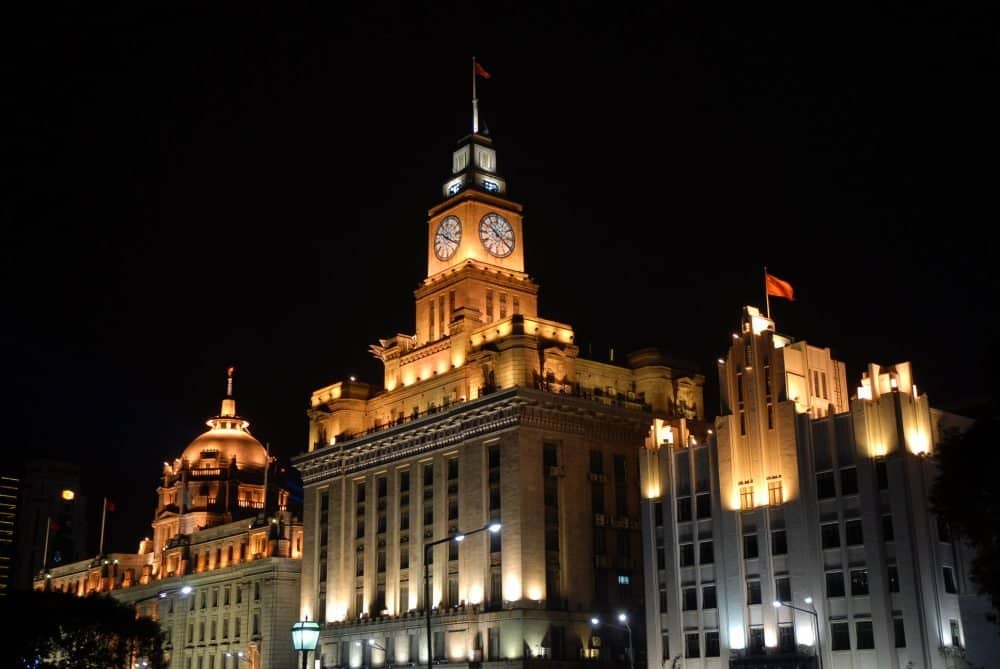Few cities show as many contradictory aspects as westernized Shanghai. Those who glibly argue that this swinging city is all about money, not politics, should be reminded that the Chinese Communist Party was founded here. Others who see it as a city without a heart need only imagine the elation of those Jews who fled here from the Nazi Holocaust – at that time Shanghai was their only available refuge. » Read more »
» Read more »Lying at China’s southern most point, Hainan Island has at various times been a Chinese penal colony, suffered invasion and exploitation by the Japanese, used as a port of free trade, and, in its current incarnation, is an island that China likes to compare with Hawaii. The comparison is not out of place as tourism and a naval base prop up the economies of both places.
The first Chinese to settle Hainan Island were the Li people. » Read more »
» Read more »The picturesque old town of Lijiang , with its wooden buildings, canals and bridges, sits some 8,000 feet above man and time. It is situated in north-western Yunnan Province, about 100 miles directly to the west is Myanmar (Burma), a little further to the north-west is Tibet, while directly north, past the magnificent Jade Dragon Snow Mountain, is the Chinese province of Sichuan. Lijiang lies, then, at a crossroads between different worlds, » Read more »
» Read more »According to ancient mythology the Yarlung valley – not Lhasa – is the homeland of the Tibetan people. The first Tibetan king stepped off a heavenly ladder onto earth not in Lhasa, but here. The Yarlung valley was also the kingly seat of the first Tibetan kings as well as their burial site. This being the case, why is Tibet's capital at Lhasa rather than in the Yarlung valley?
As with many aspects of Tibet's culture, » Read more »
» Read more »From 1120 in the Northern Song dynasty to the fall of the Qing dynasty in 1911, Huangshan was located in what was known as the Huizhou prefecture.
Devotees of the "The Romance of the Three Kingdoms", a Chinese historical fiction that describes the warring period from 220-280 A.D., will be thrilled to learn that a former residence of General Caocao is located in Huizhou, and that near to it, nine Cao family tombs have been discovered. » Read more »
» Read more »



